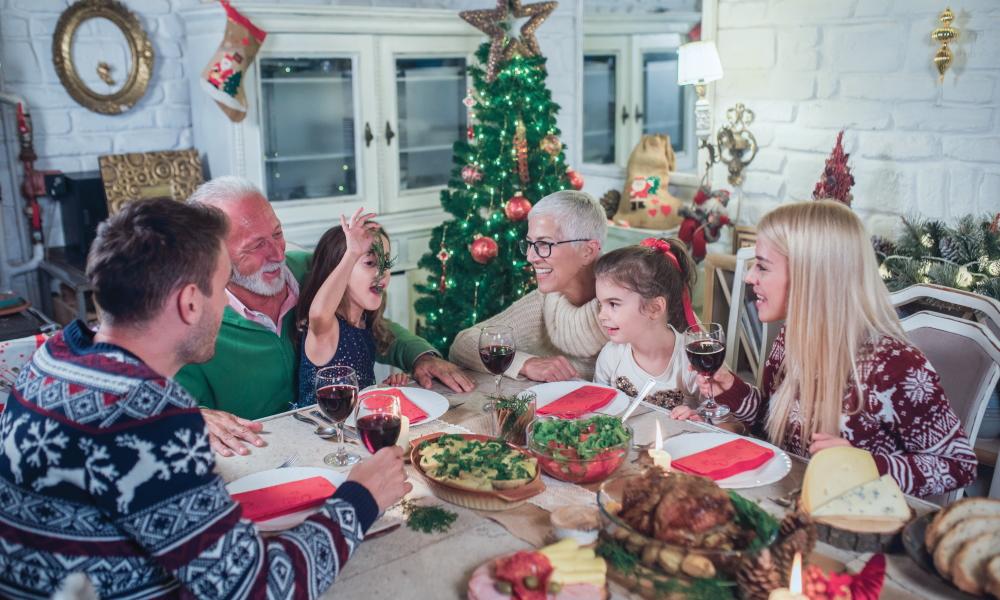
Living Traditions
The Advent and Christmas seasons are a time of traditions: familial, cultural, those in the Church. While what we do year after year is important, the traditions themselves are not what we are celebrating. They could all pass away and both Christmas and Advent would still have meaning. Whether we decorate a tree or not, whether we sing carols or not, we can say with joy and hope that Christ is born in Bethlehem. Growing up in San Francisco, my family’s most important tradition was the time spent with family. After Mass on Christmas day, my parents and all seven of us kids would make our way to my aunt and uncle’s house—with their six children—for dinner. Those big family dinners were an important part of how I think of Christmas.
As Christ became incarnate in Judea 2,000 years ago, He made his love and personhood human—within our reach. Our Christmas traditions are, in a way, an incarnation of the joyous news we celebrate each December. They put our joy and our faith into tangible things that we can touch, taste, smell, see and hear. Our traditions give a richness to our celebration. A family gathering may not be essential to the celebration of Christmas; but for me, it can be hard to imagine Christmas without thinking of those family dinners.
The notion of tradition carries weight with Catholics beyond the holiday season and beyond our family traditions. Catholicism carries within it the traditions of the Apostles and the Church’s 2,000-year history. We speak of the teaching of the Faith coming from three sources: the scriptures, traditions handed down from the apostles, and the authority of the Church given by Christ. We can often distinguish between “big-T” traditions of the faith, and “small-t” traditions of a particular culture’s expression of the Faith, but both have to be expressed in each new generation to be accessible.
In the modern Church, many older Catholics would say they experienced upheaval for much of their life in the Church. The liturgical changes after the Second Vatican Council come immediately to mind. In the last two decades, some will have noticed that older liturgical styles and traditions have found new traction with younger priests and laity. For some Catholics there is rejoicing to see a return to more traditional forms of worship; others worry this is a return to a caricature of the pre-Vatican II Church.
Our Holy Father, Pope Francis, recently spoke about the nature of tradition in one of his famous airplane press conferences. This one took place in June, as he was returning to Rome from an apostolic visit to Romania. Pope Francis, citing an interview with a musician in L’Osservatore Romano (Vatican newspaper) said, “tradition is the guarantee of the future and not the keeper of ashes. It is not a museum.” I think all of us can see this—our traditions in the Church, in our families, and in our culture are good, but we cannot imprison our traditions as museum pieces.
Then Pope Francis said something I believe we can all appreciate: “tradition is the roots that guarantee the tree grows, flowers, and gives fruit.” This is true in all walks of life. We cannot remain underground, cultivating roots never to let the tree bloom. At the same time, we cannot expect the tree to bloom without paying attention to the roots. The tension between tradition and our present moment is that creative sphere in which we can bring the joy and truth of our faith to our day-to-day lives. We do not need to reject our traditions nor fossilize them in amber.
Enjoy your family Christmas traditions this year. Let them draw you closer to the joy of Christ’s birth. Also, enjoy and discover more about our Church’s traditions, that in them we may find the resources to help our Church bear fruit.
God bless, and Merry Christmas.


